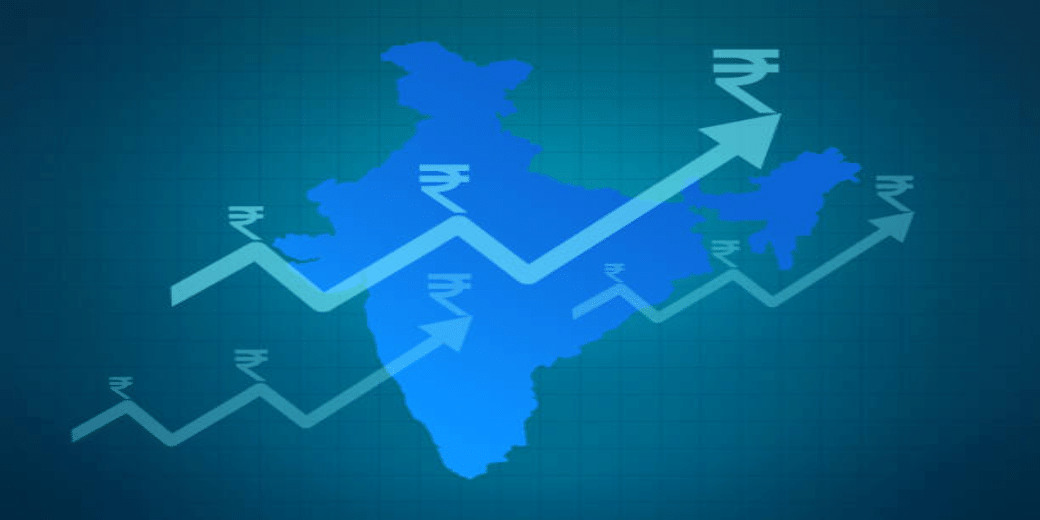Focus on manufacturing: Central agency to be tasked for developing efficiency indicators
The govt will deploy a centralised intelligence unit to draw up performance indicators such as technological prowess, supply chain effectiveness, export performance, value-added, labour productivity and even access to markets in different countries

With a focus on turning India into a global manufacturing hub like China, the government has decided to assess and develop key performance indicators to highlight the country’s manufacturing efficiency, which it thinks would raise the competitiveness of the manufacturing sector as a whole, The Economic Times has reported. For the purpose, the government will deploy a centralised intelligence unit to draw up performance indicators such as technological prowess, supply chain effectiveness, export performance, value-added, labour productivity and even access to markets in different countries.
“The idea is to conduct a comprehensive analysis of the domestic market to identify products with high demand and growth potential and a value chain analysis to understand products which can add value,” an official told the newspaper under conditions of anonymity.
Significantly, expert bodies such as the International Labour Organisation and Institute for Human Development have stated in a report that there seems to be no alternative to labour-intensive manufacturing for Indian policymakers since it would offer employment to millions of youths who join the country’s labour force every year. Anything between 70 to 80 lakh youths join India’s labour force and the manufacturing sector would remain the country’s best bet to generate employment at least for the coming 10 years, said the report.
India needs to ramp up employment opportunities fast since the government has set the ambitious target of turning the country into a “developed nation” by 2047.
The proposed intelligence unit is expected to assess the impact of government schemes formulated to raise the share of manufacturing in GDP to 25% by 2047. It is about 17% right now.
Among these schemes are included Production Linked Incentive (PLI) schemes worth ₹1.97 lakh crore, the Make in India initiative and the Phased Manufacturing Programme (PMP). These are schemes supposed to raise domestic production and promote export substitution. The newspaper report also said a central repository for PLI schemes through periodic consultations would be developed.
Department for Promotion of Industry and Internal Trade (DPIIT) will have a central role in the exercise. It would identify champion sectors and develop a risk register and assess and monitor the impact assessment of PLI schemes.
To set benchmarks, the intelligence unit would analyse the top 10 countries to understand their strategies and contribution to global manufacturing. It would support the Steering Committee for Advancing Local Value-Add and Exports Research Analysis, Programme Implementation, and Data Intelligence Unit (SCALE RAPiD) which consists of representatives from different industry bodies and officials from relevant Union ministries. The intelligence unit will compare global best practices in order to assess the possibility of implementation in India and impact of the recommendations of the SCALE committee.
The exercise would also evaluate the country’s export potential by identifying products with global demand. Some of the data generated in the process would also help during trade negotiations with other countries.
The plan also envisages studying the impact of policies and programmes designed to improve manufacturing efficiency and identifying areas where reforms can be targeted to reduce regulatory burden. Increasing the level of ease of doing business is a key objective of the exercise.
Download Money9 App for the latest updates on Personal Finance.
Related
- Top 25 Best Selling Cars in the US Q1 2025 Ford Leads Tesla Holds, and Sedans Make a Comeback
- Vegan vs Non-Vegetarian: Which Diet Is More Nutritious and Better for Your Health?
- होंडा ने हेडलाइट समस्या को ठीक करने के लिए वापस मंगवाई CB300R मोटरसाइकिलें
- RBI ने लगातार दूसरी बार रेपो दर में कटौती की, कर्ज होंगे सस्ते
- Tata Motors की वैश्विक थोक बिक्री चौथी तिमाही में 3% घटकर 366177 इकाई
- सुरक्षा मानदंडों को पूरा करने की बढ़ती लागत की वजह से दाम बढ़ा रही हैं कार कंपनियां

